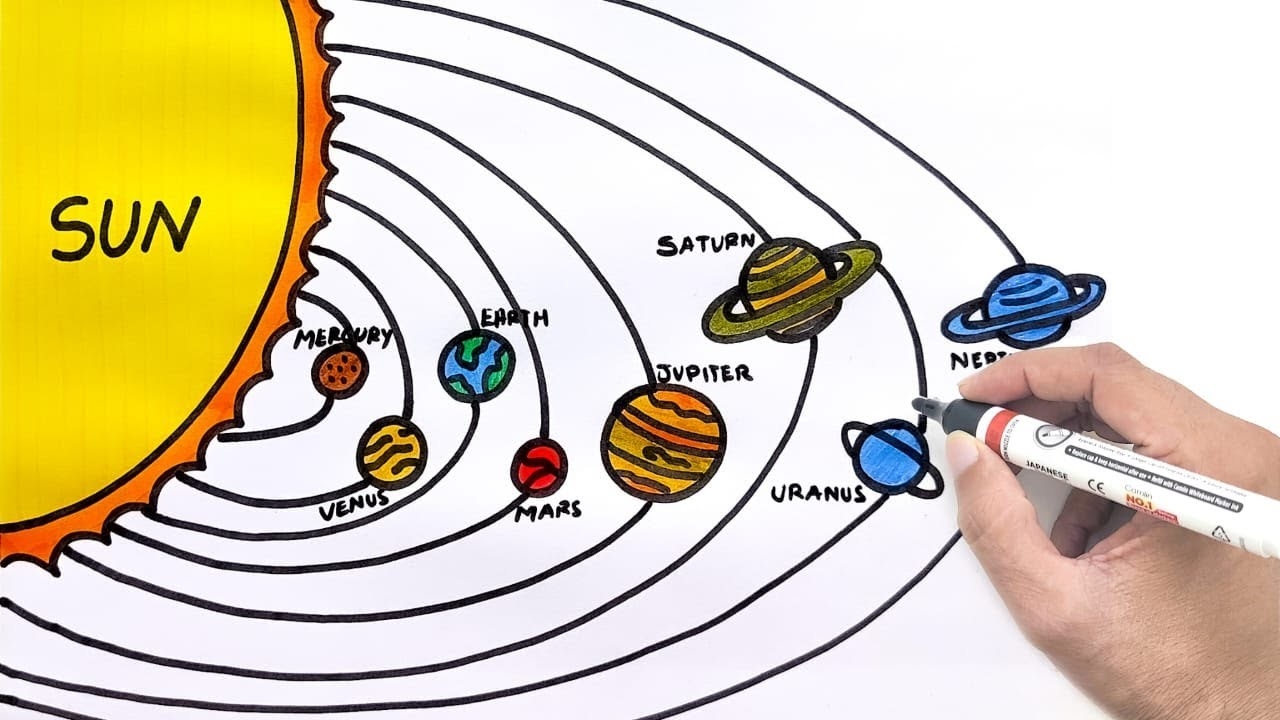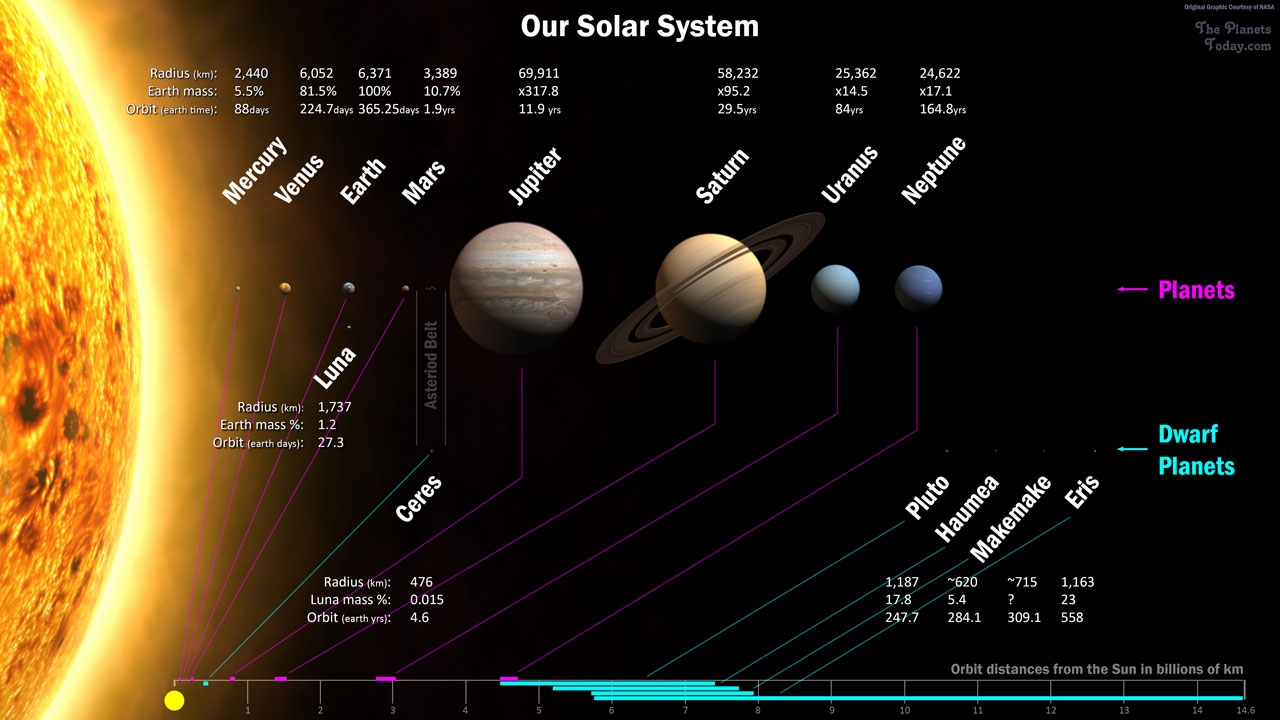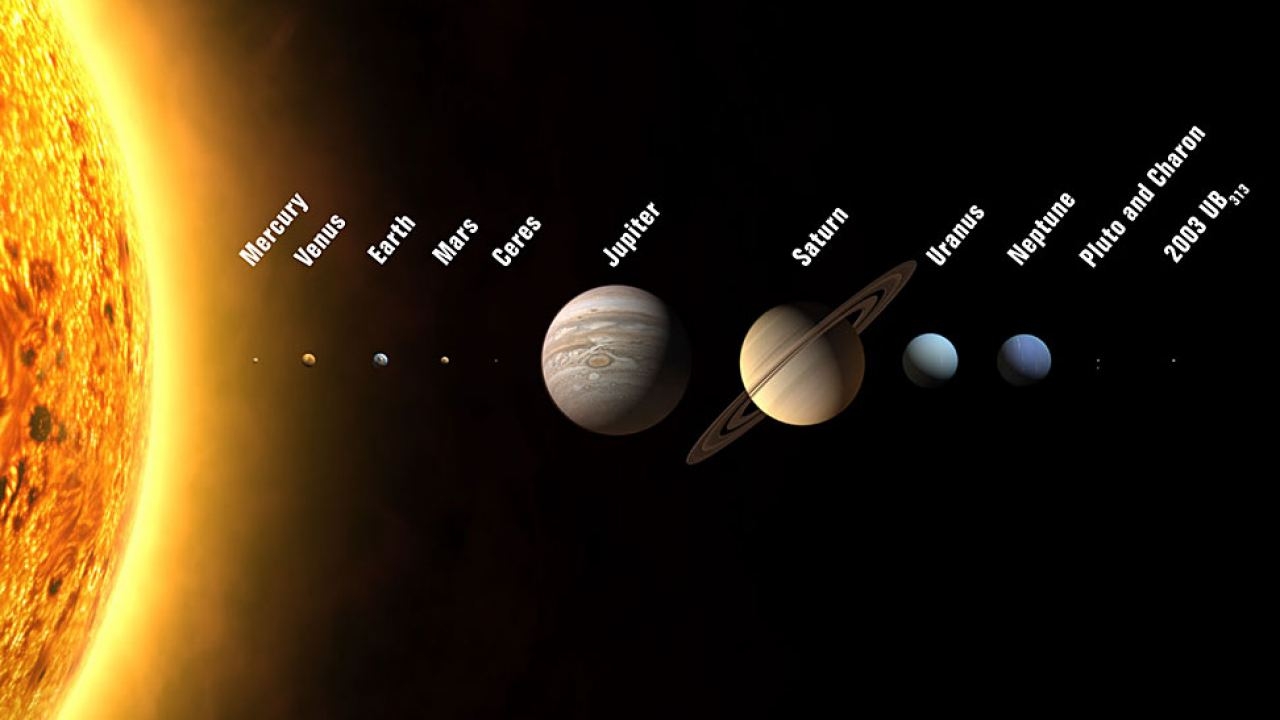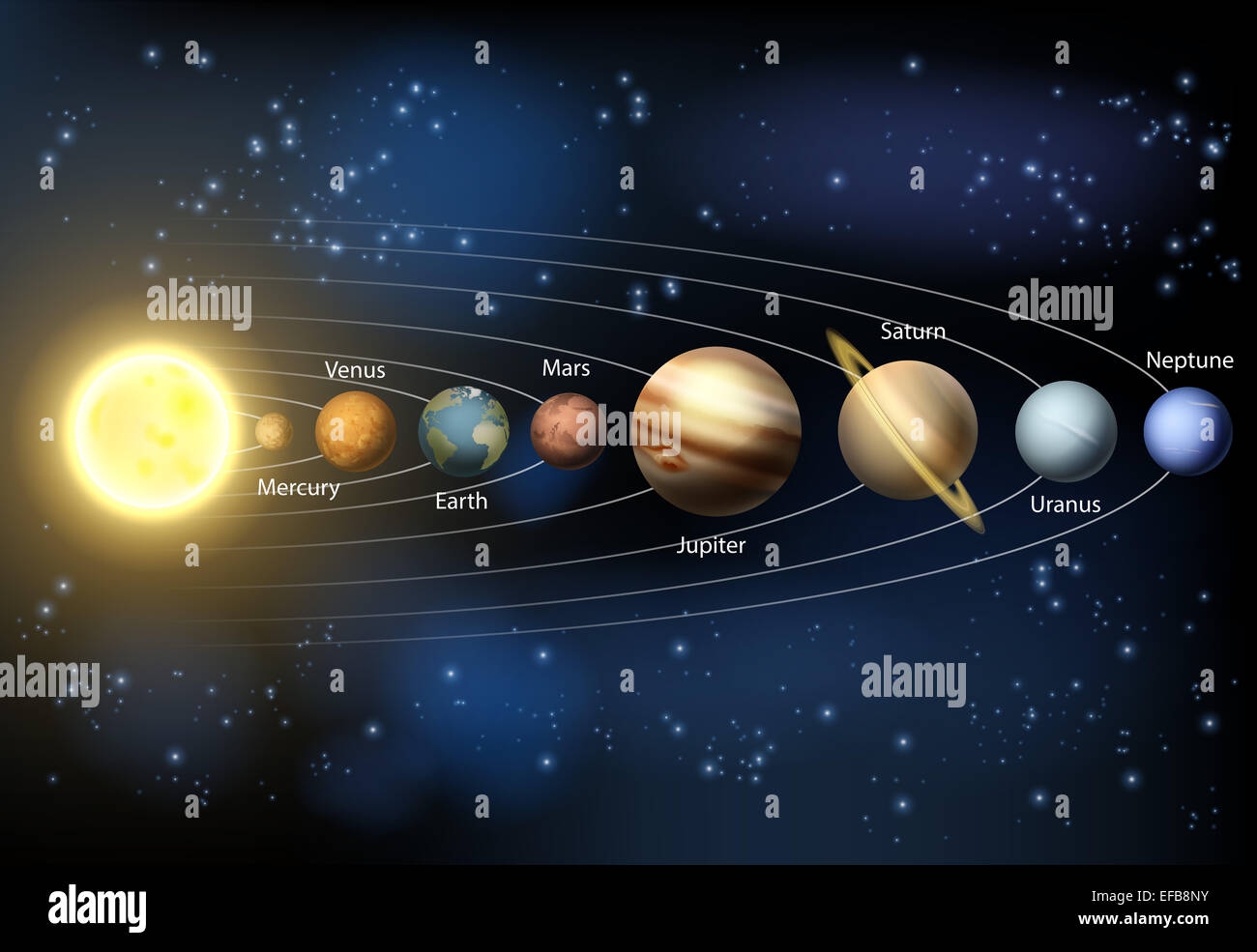Have you ever wondered about the different planets in our solar system and their positions in relation to the sun? Understanding the layout of our solar system can be fascinating and educational for both kids and adults alike.
From Mercury to Neptune, each planet has a unique set of characteristics that make it stand out. With a labeled diagram of the solar system, you can easily visualize the distances between each planet and the sun, as well as their relative sizes.
Labeled Diagram Of The Solar System
Labeled Diagram Of The Solar System
Starting with the closest planet to the sun, Mercury is a small, rocky planet with a very thin atmosphere. Venus, often referred to as Earth’s “sister planet,” is known for its thick, toxic atmosphere that traps heat.
Earth, our home planet, is the only one known to support life. Mars, often called the “Red Planet,” has a thin atmosphere and is home to the largest volcano in the solar system, Olympus Mons.
Jupiter, the largest planet in our solar system, is known for its massive size and swirling storms, including the famous Great Red Spot. Saturn, with its beautiful rings made of ice and rock particles, is a sight to behold through a telescope.
Uranus and Neptune, the outer gas giants, are known for their icy compositions and unique ring systems. Neptune, the farthest planet from the sun, has the strongest winds in the solar system, reaching speeds of up to 1,300 miles per hour.
Exploring the solar system through a labeled diagram can help you appreciate the vastness and diversity of our celestial neighborhood. Whether you’re a space enthusiast or just curious about the planets, understanding their positions and characteristics can be a rewarding experience.
Solar System Map The Planets Today
Solar System
Solar System Origin Planets Formation Britannica
Solar System Planets Diagram Hi res Stock Photography And Images Alamy




